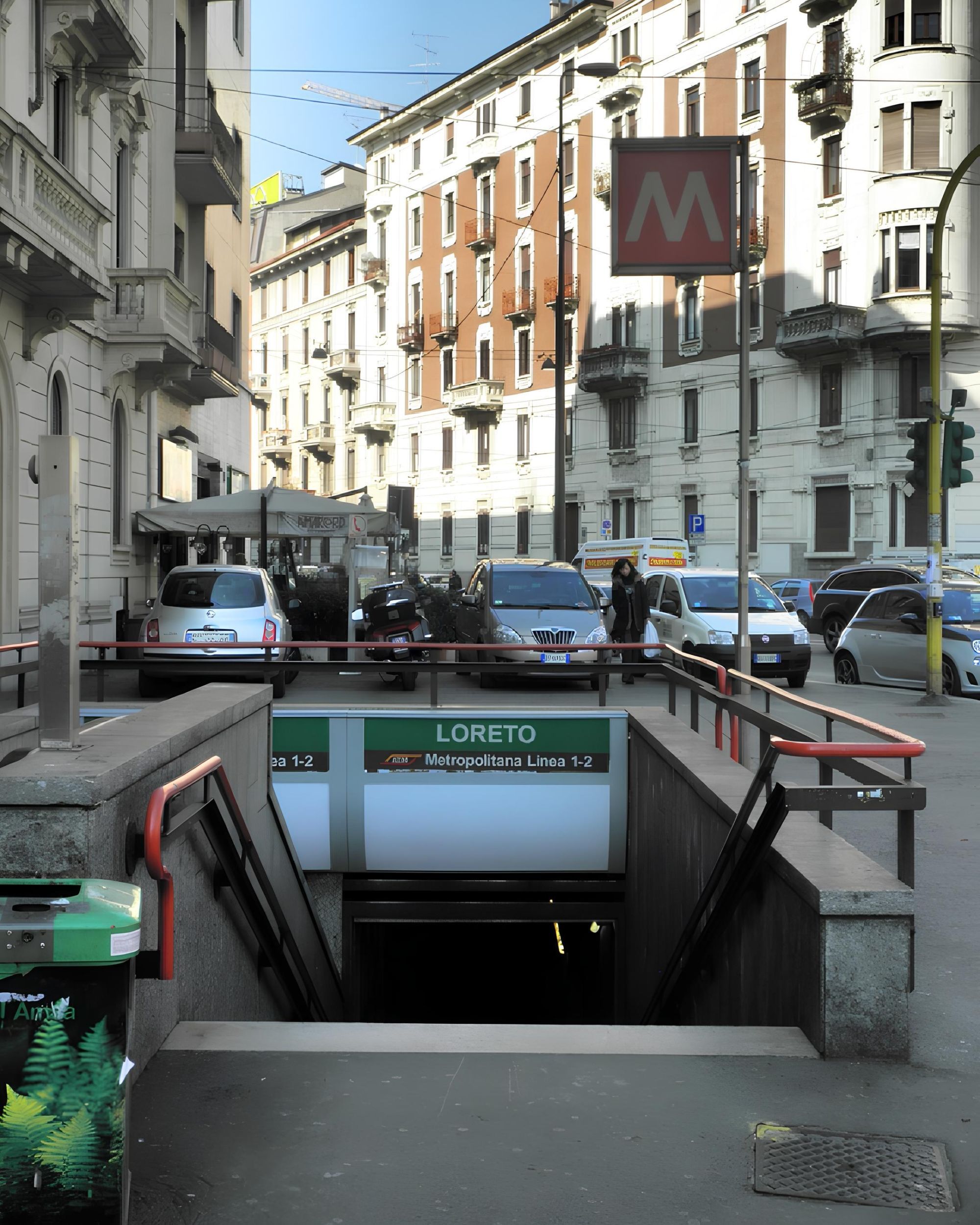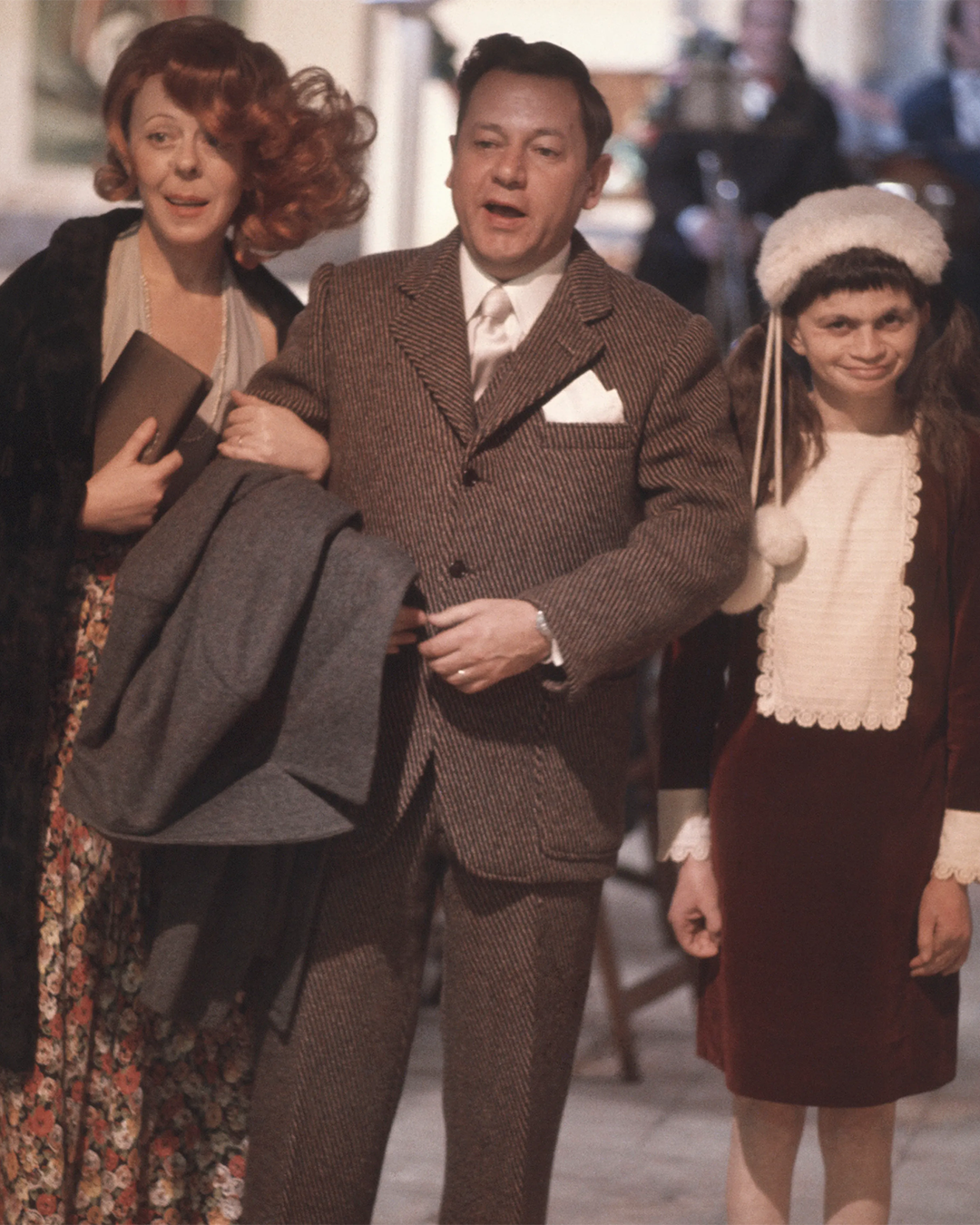
How Milan's urban planning is changing New investigations led to the introduction of stricter regulations
In the last two years, Milano has been the protagonist of a complex and delicate urban planning case that has sparked much debate about the city's development model. The case refers to a series of judicial investigations into alleged irregularities in the approval of important construction projects. At the heart of the investigations is the accusation that several large-scale buildings were constructed by improperly using the SCIA, the Certified Notification of Start of Activity, a simplified procedure normally intended for smaller construction works. According to the prosecutors, in certain cases, a true building permit should have been required instead, which generally involves a longer process, more controls, higher costs, and a detailed evaluation of the urban and social impact of the new constructions. A more flexible interpretation of the law, however, according to the prosecution, violated urban planning rules and caused a harm to the community – both economically and in terms of the impact on the urban fabric. The core of the problem lies in the way certain commissions of the City of Milan managed – over the years – building permits, which allowed the use of SCIA even for large-scale projects. This tendency accelerated approval times and the start of construction works, limiting the possibilities of preventive control by the public administration.
This is Milan's 1889-1926 masterplan. The entire orange area was marked out for development, mainly as five-storey courtyard apartment blocks. pic.twitter.com/e4P4qTS0QA
— Samuel Hughes (@SCP_Hughes) November 2, 2024
The SCIA is a tool that allows one to start work immediately after submitting the documentation, with the municipal controls taking place later. It is very useful for maintenance work or minor renovations, but it is not intended for interventions that have significant impacts on the urban environment. Yet, as the investigations claim, this measure was used even for the construction of large residential complexes. Following the launch of the judicial investigations, the urban planning of Milan came to a near halt. For months, in fact, almost no new construction projects have been approved, and many ongoing works have been stopped, waiting for greater regulatory clarity. To address this paralysis, the City of Milan introduced new rules with the aim of accelerating the redefinition of ongoing procedures, thus unblocking many stalled construction sites. Specifically, it was decided that for buildings higher than 25 meters or for projects that modify the shape of the original building, it will be mandatory to use a planning scheme. This is a more detailed urban planning procedure that requires careful planning in coordination with the technical offices of the municipality and allows for a thorough evaluation of the project's impact on the surrounding area. Even the change of use of buildings – for example from commercial to residential – will be subject to stricter controls.
@alessandrocolli7 Hai comprato casa su carta? Peccato che al posto del tuo appartamento ti ritrovi con un cantiere fermo e un bel nulla di fatto. A Milano, il sogno della casa nuova diventa un incubo tra inchieste, burocrazia e promesse non mantenute. 150 cantieri fermi, 1.600 famiglie bloccate. Perché? Perché chi doveva garantire regole chiare sull’urbanistica si scriveva le leggi su misura. Ora che sono sotto inchiesta, i lavori si fermano e chi ci rimette sono sempre i cittadini. La soluzione? Protestare. Le famiglie senza casa si riuniscono per chiedere risposte a Palazzo Marino. E mentre loro aspettano, i soliti noti continuano a fare affari senza problemi. La verità è una sola: se hai comprato casa da un costruttore senza i giusti “agganci”, rischi di restare appeso per anni. Ma tranquilli, il Comune ci dirà che “è tutto sotto controllo”. E tu? Conosci qualcuno che sta aspettando casa da anni? Dimmelo nei commenti e tagga chi è ancora in attesa di un cantiere che si sblocchi! #Milano #CantieriBloccati #SalvaMilano #Casa #Speculazione #Urbanistica #Inchieste #PalazzoMarino #FamiglieOstaggi #Immobiliare suono originale - Alessandro Colli
The projects involved in the investigations are several. Among them are the Stresa Street Tower, the Liberty building on via Crema, the San Cristoforo Bosconavigli, and the Park Towers on via Crescenzago. The investigation was initiated with the building called Hidden Garden, in the northeast area of Milan: since it is located in an area surrounded by other buildings, the prosecution argues that the complex stands at the center of a shared courtyard, which is why it should never have been approved for construction. The matter also took on a social dimension that was highly felt. Associations like Suspended Families, Lives in Waiting have emerged, demanding urgent measures to protect those who bought properties in good faith – more than 1,600 families, in fact, have been left without housing, despite having paid substantial deposits for apartments under construction. The underlying idea is to support the claims of those who have unfortunately been caught up in the issue.
Quello che sta emergendo a Milano viene denunciato da pochi e da anni.
— Segnali di ripresa (@Brunomgiordano) March 6, 2025
Il cementificio non ha colore.
Il decreto salva Milano era un regalo alla speculazione edilizia.
Le olimpiadi invernali sono la scusa per ulteriori scempi.
Lo si dice dai tempi di Expo.
Since the beginning of 2024, the City of Milan and most of the major Italian political parties had urged the government to intervene with a regulatory reform to unlock Milan’s construction industry, after new building permits had plummeted by more than 50%. In this context, the proposal of the so-called Save-Milan Law emerged, which would introduce a sort of retroactive amnesty for the construction works now under investigation by the prosecution. Supporters of the measure believe the law represents the recognition of an urban planning practice already adopted in many other Italian municipalities and that it is mainly a necessary step to protect professionals and investors harmed by the construction site freeze. On the other hand, urban planners and environmental committees argue that the law would amount to an amnesty, further favoring indiscriminate urban sprawl. Recently, the City of Milan also withdrew its support for the law, following the introduction of stricter new rules designed to increase preventive checks on building works. It must be said that in Italy, urban planning regulations are particularly complex and leave wide margins for interpretation: each municipality can adopt more or less restrictive approaches. Milan, however, has always defended its decisions, asserting that the contested building permits were granted in accordance with the law, following procedures that had already been applied in the past.














































